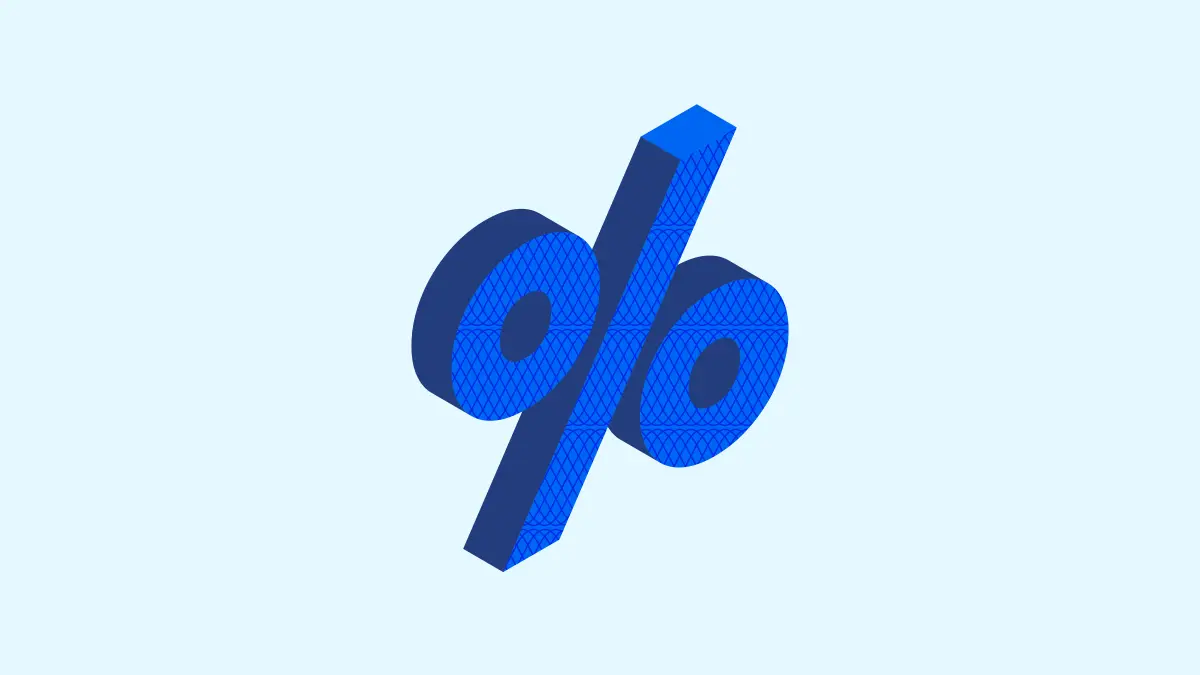
What is TER?
TER is the abbreviation for Total Expense Ratio. It’s charged by mutual funds to cover their operating expenses. The higher the TER, the lower will be your returns on investment.
It is calculated on an annual basis to make it easy to compare different funds.
For example, if you invest N100,000 in a mutual fund with a TER of 1% per year, then you will need to pay a total of N1,000 (N100,000 x 0.01) as expenses for one year for investing in that particular mutual fund.
The TER not only comprises management fees but also administrative charges, marketing expenses and other operational costs incurred by the fund manager.
Expense ratio comparison
Expense ratios vary by type of fund: equity vs debt; large cap vs small cap; international vs domestic stocks; sectoral concentration (like technology stocks).
The exact amount will depend on what kind of fund you choose, how much money you put into it and how long it takes for you to get your money back.
When comparing two funds with similar performance track records, the one with a lower TER will most likely be better for investors.
Total expense ratio formula
TER = Total Funds Costs / Total Assets Under Management
Are higher expense ratios better than lower expense ratios?
This is a question that many investors ask themselves. It’s easy to see why people would assume that higher expense ratios are better because they pay more into the fund manager’s pocket and would get better returns, but that’s not always the case.
The percentage itself tells us almost nothing about how well your money will grow over time or whether it’s worth investing there compared to other options.
Some funds with low expense ratios may be better investments than high-cost funds.
Mutual funds that charge higher expenses are not necessarily more profitable.
Mutual funds may charge higher expenses because they have a large number of securities or because they hold securities that need extra care and handling.
Some mutual funds also use high-cost strategies to try to increase their returns for investors, but these strategies can backfire and decrease returns instead.
What is a good TER ratio?
A TER of 0.5% is considered good, while a TER above 1% is high.
Is TER charged annually?
TER is charged as an annual fee. It’s important to note that TER is deducted daily, so you can see fluctuations in the amount that you pay over time.
You should also be aware that the TER fee will differ depending on what type of account you have. For example:
- If you hold your mutual fund in an open-ended or closed-ended account, then your financial institution may charge extra fees for maintaining this type of investment vehicle.
- For regular investor accounts (or retail investors), some institutions will waive some or all their fees when they invest more than a certain amount.
Summary
The Total Expense Ratio (TER) is the ratio of all expenses incurred by a mutual fund to the total funds managed. It is calculated on an annual basis and charged by mutual funds to the investor.
The total expense ratio can also be used to calculate the cost of investing in a mutual fund and used to compare similar funds before selecting one for investment.
Hopefully, this article has given you an understanding of what TER is and how it can affect your returns.
Let us know in the comments what other financial concepts you’d like to learn about.
ALSO READ:

Excellent